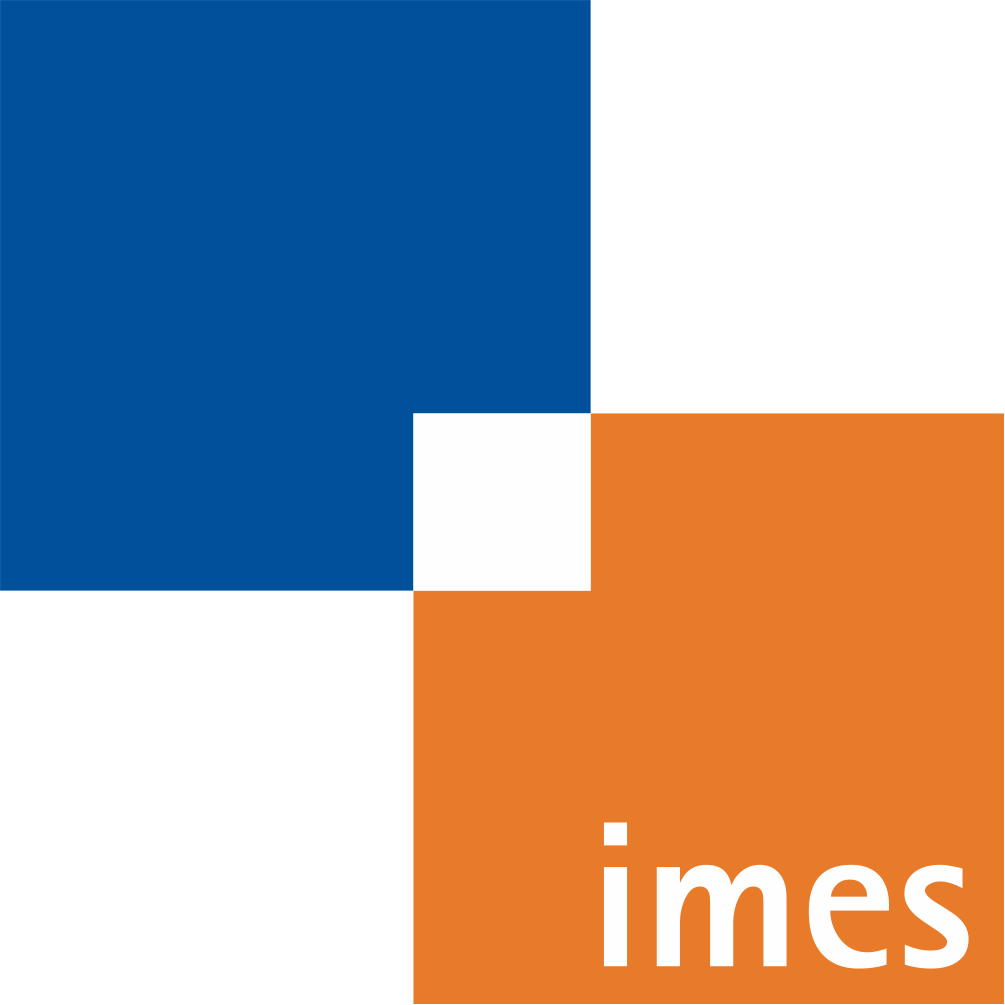Comparative study of data-driven and model-based real-time prediction during rubber curing process
- verfasst von
- Tobias Frank, Steffen Bosselmann, Mark Wielitzka, Tobias Ortmaier
- Abstract
In chemical processes model-based methods are commonly used to optimize and control distributed parameter systems. The curing process of rubber products has been modeled accurately during the last decades. Many studies have been carried out, optimizing process setpoints to achieve desired quality of the final product. However, these optimizations are performed offline concurrent with product design and thus, disturbances occurring during the heating process can not be considered properly. Therefore, we propose a realtime prediction during the heating process, for repetitively forecasting temperature curves inside the rubber until end of the cooling phase. Thus, mold and ambient temperature change can be taken into account, enabling adaption of heating duration. We use a twofold approach in which we compare a model-based prediction to a data-driven neural network time series forecasting. The evaluation is performed regarding computational effort and deviation from an accurate ground truth simulation. Both methods show promising results, but since the model has to be optimized regarding computation time, it lacks in accuracy. Contrary to the model, the neural network shows a significant shorter execution time and a better conformity.
- Organisationseinheit(en)
-
Institut für Mechatronische Systeme
- Typ
- Aufsatz in Konferenzband
- Seiten
- 164-169
- Anzahl der Seiten
- 6
- Publikationsdatum
- 30.08.2018
- Publikationsstatus
- Veröffentlicht
- Peer-reviewed
- Ja
- ASJC Scopus Sachgebiete
- Elektrotechnik und Elektronik, Steuerungs- und Systemtechnik, Angewandte Informatik, Software
- Elektronische Version(en)
-
https://doi.org/10.1109/aim.2018.8452261 (Zugang:
Geschlossen)
